Resources/References
The qualifying exam will be closed book and closed note. The exam is scheduled on Jan 20th after the seminar (1:15pm-4:15pm).
Control Systems and Their Application in Biomedical Engineering
Control systems can be defined as a collection of interconnected elements to achieve a desired response even when external disturbances are present. There are lots of applications of control systems in biomedical fields, ranging from limb prostheses to assist the motor function of individuals with amputations to drug delivery for regulating physiological variables, such as blood pressure, blood glucose and heart rate [1]. Knowing control theory and related concepts is critical for today’s biomedical engineers who design advanced, intelligent medical devices.
This exam encourages students to understand basic concepts of bio-controls (Chapter 1 of [1]) and fundamental mathematical tools used in the control system [2].
- Understand the basic feedback control system and the function/meaning of each element.
Given a physical feedback control system, you will be asked to identify the control system elements. For example, for a treadmill speed control system, what is the control system input? (Desired treadmill speed) What is the control system output? (Actual speed of treadmill belt) What is the plant (also call process in some book)? (The treadmill belt system driven by an electrical motor) What is the sensor? (A sensor that can measure actual speed of the belt, e.g., an encoder on the motor).
- How to model physical or physiological system dynamics? An example can be found in [3], which shows the dynamic models of human skeletal muscles (also attached). Another modeling concept is called system identification (http://jitkomut.eng.chula.ac.th/ee531/intro.pdf)
- Understand the definition of following basic characteristics for a feedback control system
- System stability
- Robustness (or disturbance rejection)
- Sensitivity
- Transient response
- Steady state response
- System bandwidth
- Understand the basic PID controller and the influence of each component on the control performance (https://pidexplained.com/pid-controller-explained/ and https://ctms.engin.umich.edu/CTMS/index.php?example=Introduction§ion=ControlPID)
- Understanding major challenges faced by control engineers [4].
Reference:
[1] J. Canete, C. Galindo, J. Barbancho, and A. Luque, “Introduction to Control Systems in Biomedical Engineering,” 2018, pp. 1-11.
[2] P. Antsaklis and Z. Gao, “Control system design,” The Electronics Engineers’ Handbook, pp. 19.1-19.30, 2005.
[3] F. Romero and F. Alonso, “A comparison among different Hill-type contraction dynamics formulations for muscle force estimation,” Mechanical Sciences, vol. 7, no. 1, pp. 19-29, 2016.
[4] D. S. Bernstein, “What makes some control problems hard?,” IEEE Control Systems Magazine, vol. 22, no. 4, pp. 8-19, 2002, doi: 10.1109/MCS.2002.1021640.



